Como Silk
Como
is the silk capital of Europe. There is a silk museum here
and you can visit a silk factory, a silk factory outlet,
or one of the many silk shops in Como... if you dare!
 |
Italy
produces 91% of all the silk produced in Europe.
The city of Como covers 78,8%.of this amount all by itself.
Its annual production totals 3,200 tons of silk, (broken down into material
for
clothing, upholstery, decorator fabrics, scarves, ties and shawls).
In economic terms, Como exports around 1,000 million Euro per year.
It's a huge business and there are two huge presences
which stand out in any study of the silk industry in the 20th-century:
Antonio Ratti and the Mantero family,
still the most prominent influences in the market,
produce their own textiles as well as custom fabrics for the big names
in fashion design.
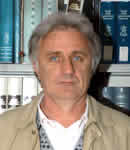 |
Among the famous fashion houses
who commission silk materials from Ratti are
Versace, Valentino, Dolce & Gabbana, Gianfranco Ferré,
Christian Dior, Karl Lagerfeld, Romeo Gigli, Loewe,
Bulgari, Gucci and Paloma Picasso.
 |
Mantero's
clientele includes
Kenzo*, Yves Saint Laurent, Ungaro,
Nina
Ricci, Donna Karan, Trussardi and Lonchamp.
*Tom
bought me a beautiful, long, Kenzo silk scarf in Bellagio!
The
Museo Didattico della Seta, Como
(Silk Museum)
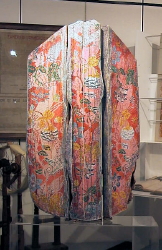 |
Mauro
Molinari
The museum was opened in 1990
to document an accurate account of the history of the silk industry
in Como.
It is provides physical evidence, from past to present,
of an industry that still operates a veritible world-wide monopoly.
Museum's Official Web Site
Click here
Ratti
Foundation ~ Silk Museum
MuST
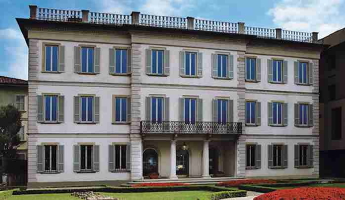 |
The Textile Studio Museum (or MuST meaning Museo Studio del Tessuto)
was officially founded in 1998 as a result of a transformation process
of the private collection of antique textiles
collected by Antonio Ratti over a period of forty years.
MuST pursues the dual objective of preserving the impressive historical heritage
and of rendering it public by means of research, study and communication.
The collection - which includes approximately 3500 individual pieces
and more than 2200 sample books amounting to a total of 400,000 samples -
can count on historically diverse and particularly significant groups of textiles.
Among them, the most important are:
Coptic textiles
Pre-Columbian textiles
Velvets
18th century woven silks
Cashmere shawls
Japanese woven silks
Cravates
Sample books
In addition to themed collections MuST also contains
numerous rare and valuable pieces,
such as a number of Chinese and Japanese painted and printed silks,
several garments from Central Asia and Japan,
and an exceptionally rare Chinese velvet from the Ming Dynasty.
Following are a couple of examples.
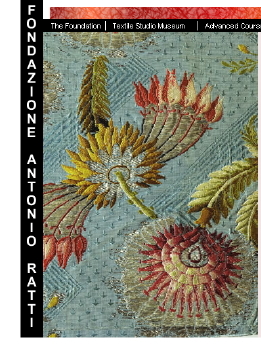 |
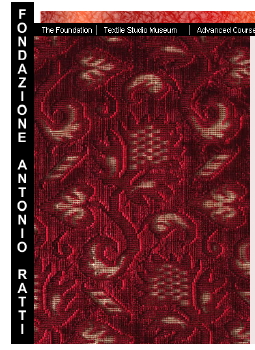 |
Important collection of 18th century woven silks
includes damasks, lampasses, gold and silver brocaded grounds,
produced by the main silk centres in the 18th century:
Lyon, Venice and Spitalfields
(878 samples)
Important collection of Silk Velvets
ranging from the 15th century cut and uncut pile,
often brocaded with gold wefts,
up through the centuries to the chiffon-velvets of the 1920's.
(1011 samples),
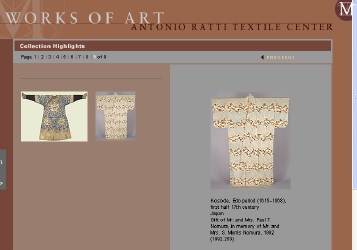 |
In
1995, FAR set up the Antonio Ratti Textile Center
at the Metropolitan Museum of Art in New York,
a 2300 m2 space devoted to the storage, restoration and conservation
of all the textile collections of the American Museum.
The Antonio Ratti Textile Center is open to the public by appointment.
Ratti Textile Center,
Metropolitan Museum of Art, NYC
Click here
More
about the Ratti Foundation
Click here
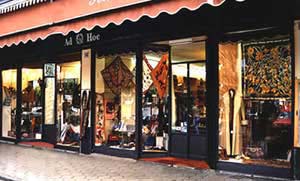 |
Day
Trips On and Around Lake Como
One
of the most beautiful aspects of Lake Como is its
array of old villas. Our favorite was Villa Balbianello.
Come see why!
Click
here